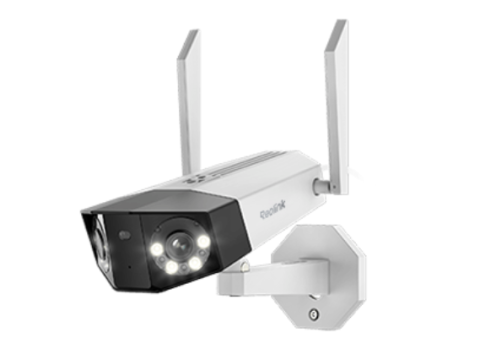Introduction to WIFI Surveillance Cameras
WIFI surveillance cameras offer a modern solution for wireless monitoring, reducing the need for complex cabling and enhancing mobility. They are ideal for various environments, including homes and outdoor spaces, providing flexibility and ease of installation.
Types of WIFI Surveillance Cameras
Hidden WIFI Cameras
- Compact and discreet for concealed monitoring.
- Ideal for home security and covert observation.
Wireless WIFI Cameras
- Operate without extensive cabling.
- Can connect directly to routers or mobile devices.
Indoor WIFI Cameras
- Designed for room monitoring with a focus on aesthetics and ease of placement.
Outdoor WIFI Cameras
- Built with weather-resistant features for durability.
Advantages of WIFI Cameras
- Mobility: Easily repositioned to cover different areas.
- Aesthetic Appeal: No cables to disrupt interior design.
- Remote Access: Monitor via smartphones, tablets, or PCs.
- Cost-Effective: Save on wiring costs, especially in large installations.
Challenges of WIFI Cameras
Signal Interference
- Physical obstructions like walls or weather (e.g., rain) can degrade signal quality.
Power Supply
- Requires a nearby power source or reliable battery solutions.
Limited Range
- Effective range is typically up to 100 feet in clear line-of-sight conditions.
Security Concerns
- Vulnerable to hacking without proper encryption and firewalls.
Installing WIFI Cameras for Home and Outdoors
For Home Use
- Position cameras to cover key areas such as entrances and living spaces.
- Use a reliable WIFI router with sufficient bandwidth to handle video streams.
- Opt for hidden cameras if discretion is required.
For Outdoor Use
- Choose cameras with IP65+ ratings for weather resistance.
- Install directional antennas to improve signal strength over distances.
- Place the router or a repeater outdoors to reduce interference.
Hidden WIFI Cameras: Key Considerations
Size and Design
- Compact designs like pinhole lenses ensure discreet installation.
Antenna Placement
- Hidden antennas may reduce signal strength but improve concealment.
Light Sensitivity
- Compact lenses often struggle in low-light conditions. Ensure additional IR lighting if necessary.
Enhancing WIFI Camera Performance
- Use directional antennas to focus signals.
- Deploy signal repeaters to extend range.
- Opt for H.264 compression for efficient data transmission.
Conclusion
WIFI surveillance cameras are a practical choice for wireless monitoring when used within their capabilities. Whether for home, office, or outdoor use, selecting the right type of WIFI camera and understanding its limitations ensures effective and reliable surveillance.
GSM and 3G Surveillance Cameras
11/01/2025
Home Security Cameras
11/01/2025

